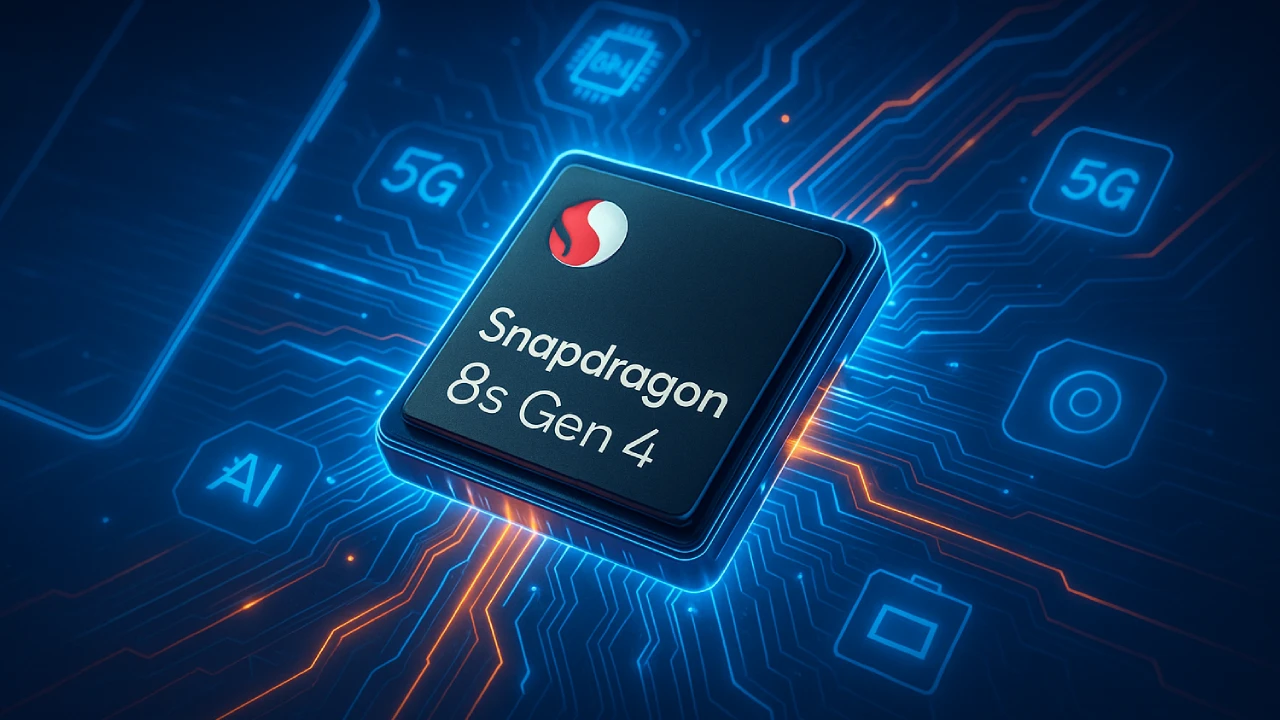Intel is gearing up for the Intel Arrow Lake refresh, a mid-cycle upgrade to its current desktop CPU lineup. Expected to launch in the second half of the year, this refresh is not about raw performance gains. Instead, Intel is placing significant emphasis on AI by integrating Copilot+ features and introducing a new NPU 4 (Neural Processing Unit) to support AI workloads on desktop PCs.
Let’s dive into what this refresh actually brings and whether it’s enough to excite gamers, creators, or power users.
What Is the Intel Arrow Lake Refresh?
The Intel Arrow Lake refresh represents Intel’s latest push to stay competitive in the ever-changing desktop CPU market. Following a lukewarm reception of the original Arrow Lake CPUs, the company now aims to differentiate with AI acceleration features powered by its NPU 4 architecture.
Unlike typical CPU or GPU overhauls, the focus here is not on clock speeds or core counts; it’s on AI integration, particularly to meet Microsoft’s new Copilot+ system requirements.
AI Takes Center Stage: NPU 4 and Copilot+ Support
At the heart of the refresh lies a new NPU 4 silicon design. This neural processing unit is engineered specifically for AI-driven tasks, enabling features like
- Microsoft Copilot+ chatbot integration
- Recall (automated screenshots of recent user activity)
- Auto Super Resolution for gaming upscaling
Intel’s existing Core Ultra 200 chips already include NPUs, but they fall short of Microsoft’s 40 TOPS (trillion operations per second) requirement for full Copilot+ functionality. We expect the Intel Arrow Lake refresh’s NPU 4 to match the AI capabilities of Intel’s Lunar Lake laptop chips.
Minimal Gains in CPU and GPU Performance
Unfortunately, not everything about this refresh is groundbreaking. In fact, CPU and GPU improvements are expected to be minimal. Intel is retaining the same architecture as the previous Arrow Lake release, with only slightly higher clock speeds.
There are no major IPC (instructions per cycle) improvements, new cores, or architecture overhauls.
In other words:
- No performance jump for gamers
- No significant advantage for power users
- Just marginal improvements in raw processing speed
What About Gamers?
For PC gamers, the Arrow Lake refresh brings little excitement. When the original Arrow Lake chips launched in October 2024, they were widely criticized for underwhelming performance, even lagging behind Intel’s own Raptor Lake-S Refresh CPUs in some benchmarks.
The refreshed version doesn’t seem to fix this narrative.
Editor’s Take: “Gamers won’t have much of a reason to upgrade. There’s nothing particularly exciting for you in this release.”
Gamers might be better off enabling the Intel 200S Boost Mode on current Arrow Lake CPUs rather than investing in the refresh.
Platform Problems Persist
Another disappointment: platform-level issues remain unresolved. Key among them is the throttling bug affecting high-end PCIe 5.0 SSDs, which continues to frustrate performance users. Intel has not indicated a fix or hardware-level change for this phase in the refresh cycle.
AMD’s Edge Grows Sharper
While Intel experiments with AI integration, AMD continues to dominate the performance segment with its Ryzen lineup. Many users hoping for an Intel comeback in the desktop space may feel let down yet again.
AMD’s aggressive pricing, stable platforms, and strong gaming performance keep it in the lead, especially among those who care more about frames per second than AI inference speed.
Quick Comparison Table
| Feature | Intel Arrow Lake Refresh | AMD Ryzen 8000 Series | Intel Raptor Lake Refresh |
|---|---|---|---|
| AI Acceleration (NPU) | ✅ NPU 4 (Copilot+ ready) | ❌ Limited | ❌ Limited |
| CPU Performance Boost | 🔻 Minimal | 🔼 Moderate to High | 🔼 Some Gains |
| GPU Improvements | ❌ None | ✅ RDNA3 (select SKUs) | ❌ None |
| Gaming Performance | 😐 Underwhelming | ✅ Excellent | ✅ Competitive |
| Platform Issues | ⚠️ PCIe 5.0 throttling bug | ❌ Fewer complaints | ⚠️ Known issues |
Final Thoughts: Worth the Hype?
The Intel Arrow Lake refresh is a strategic AI update, not a performance breakthrough. For enterprise users or early adopters of AI on desktop, it offers exciting prospects, especially with Copilot+ features finally becoming accessible on PCs.
For gamers, creators, and power users seeking significant performance improvements, this refresh may not warrant an upgrade. The same old architecture with new AI tricks is unlikely to win back users lost to AMD’s more consistent performance roadmap.
If Intel can successfully execute its AI-first vision, the release could mark a turning point in desktop computing. Until then, this refresh feels more like a necessary step than a leap.







